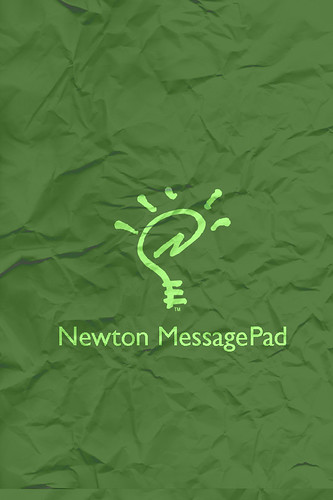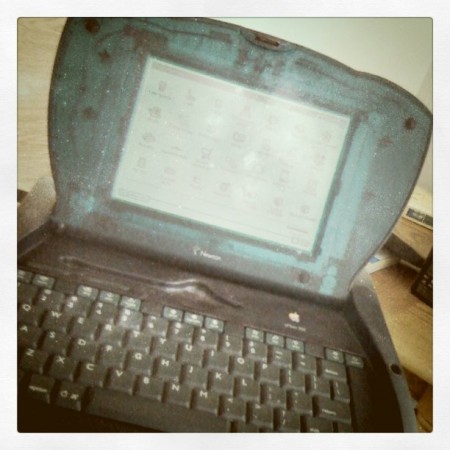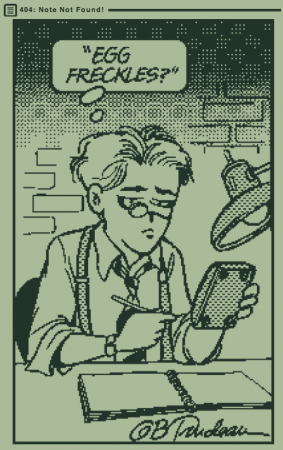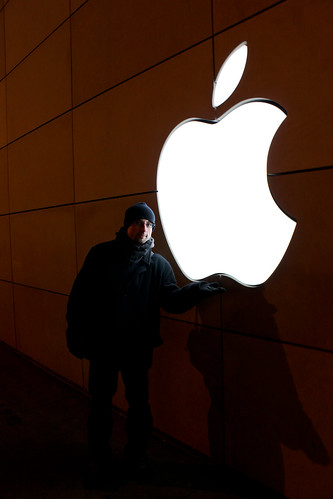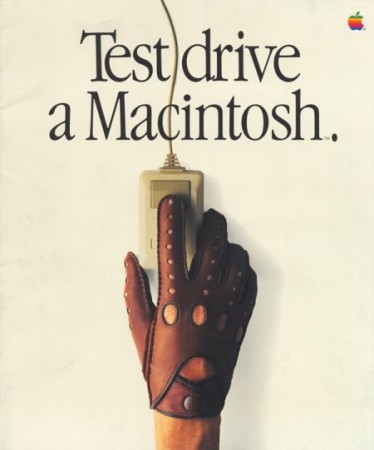
Browsing through Apple’s new Mac App Store, a thought hit me:
If you’re a non-techie person (define that however you like), systems like app stores allow you to try out software that, without the store, you might not have known about. In other words, the applications that aren’t allowed on the Mac App Store don’t appeal to people who only find apps on the App Store. If you don’t know about Onyx, or have any idea what it does, would it appeal to you even if it was in the App Store?
That’s why I think some of the pro-style apps, and their developers, will be fine making a living in a world where the Mac App Store exists. Those developers’ products cater to a different audience. So maybe those apps that rely on root access in OS X, like backup applications, cater to those of us who know how important it is to backup and make sure to do it on a regular occasion. For everyone else, there’s Time Machine.
And as long as Apple allows Mac users to use applications outside of the App Store, the platform will still appeal to UNIX geeks and users like me, who use and appreciate more of the pro-level apps.
Also, what do you do about software developers who still sell their applications in boxes in a retail environment? These titles, on physical media like CDs and DVDs, are obviously outside the reach of the App Store. So the App Store can’t be the only place to try and use Mac software. Otherwise, you’re excluding all these retail titles.
Personally, I like have my applications in some sort of physical form. It made me feel better, for instance, to purchase Bento at the Apple Store, bring home the DVD, pop it into my iMac, and install it. I could have purchased the application online and downloaded it that way, but there’s something reassuring about having a backup copy – you know, just in case.
Which is why I’m conflicted about an application like Apple’s pro photo editor, Aperture. Purchase it at an Apple retail store and you pay almost $200, but you get a nice box and DVD. Purchase it on the Mac App Store and get it for better than half the price ($80), but it’s a download-only install. It’s hard to argue with the dramatically discounted price on the App Store, unless you’re like me and you value holding the app in hand.
The benefits of having it as part of the App Store, however, are obvious: automatic updates, lower price, no physical media to lose or damage. And the good news is that Apple still allows free 30-day trials of Aperture 3 – something the Mac App Store doesn’t allow for its titles.
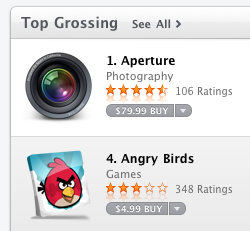
For Apple, having a title like Aperture available on the Mac App Store helps it become more discoverable. As I write this, Aperture is in several of the “top” lists on the App Store, which means Macs users can find it on the App Store homepage, which means more users are more likely to buy it. This approach might be working, because Aperture ranks as the top-grossing App Store title. That could be because of its relative high price tag compared with the rest of the Mac App Store titles.
Searchability, discoverability – if only the App Store had try-ability, it would be perfect.
I wonder where we, in the Newton community, would be if it weren’t for sites like UNNA, where all the available Newton software that ever existed is in one convenient spot. Imagine if we had to hunt all around to find that one app that we want to try. It used to be that way, with some Newton apps sold retail style, in boxes on store shelves, while other titles were available only as online downloads.
Today, however, Newton sites are disappearing. Thank goodness for one, centralized hub like UNNA.
What would’ve happened if the Newton, back in the day, had it’s own app store? If we could have accessed Toolkit and DataRescue from one central location, and have the ability to try out apps for fun (something, admittedly, Apple’s own App Store doesn’t even allow)? It’s a fun thought experiment.
There are repositories like this for classic Mac software as well. I browse the Macintosh Garden on a regular basis for fun, pre-OS X apps. We should hope that someone is doing this for OS X apps as well.
I think the whole idea of a well-run, successful app store will be one of Apple’s great legacies. You could extend that to stores in general, based on how well the company runs its retail and iTunes stores. Making things easy to buy, and easy to try (like iMacs at the mall, or song previews on iTunes) is a win-win for the customer and for Apple.
